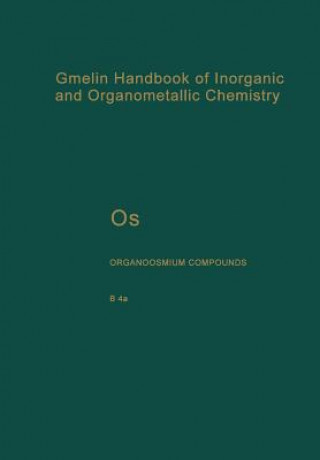
Code: 02182748
Os Organoosmium Compounds
by Karin Greiner, Petra Olms-Keller, J. Füssel, Cornelia Weber
The GmeLin series "Organometallic Compounds" comprises compounds containing at least one carbon-to-metal bond (except cyano compounds, which are considered inorganic). It includes all information in scientific journals, but patent ... more
- Language:
 English
English - Binding: Paperback
- Number of pages: 179
Publisher: Springer-Verlag Berlin and Heidelberg GmbH & Co. KG, 2013
- More about this

You might also like
-

Richard E. Norman and Race Filmmaking
38.45 € -
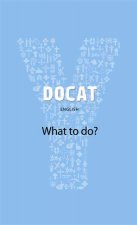
Docat
17.17 € -19 % -

CASE OF THE BURIED CLOCK LI 5D
55.84 € -4 % -
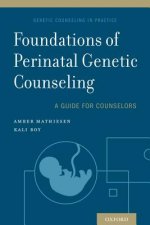
Foundations of Perinatal Genetic Counseling
82.43 € -
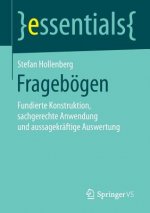
Frageboegen
21.57 €
Give this book as a present today
- Order book and choose Gift Order.
- We will send you book gift voucher at once. You can give it out to anyone.
- Book will be send to donee, nothing more to care about.
More about Os Organoosmium Compounds
You get 171 loyalty points
 Book synopsis
Book synopsis
The GmeLin series "Organometallic Compounds" comprises compounds containing at least one carbon-to-metal bond (except cyano compounds, which are considered inorganic). It includes all information in scientific journals, but patents, conference reports, and disserta tions generally were not reviewed. The volumes published so far are listed on p. V/' Organometallic compounds are classified according to their nuclearity and the bonding mode of the organic ligands nL. Nuclearity means the number of atoms of the title metal in the formula unit disregarding any additional metals that may be present. The term nL designates a ligand bonded by n carbon atoms to one or different atoms of the title metal. As usual, a-bonded 1 L ligands are designated by R. Inorganic ligands (Le., ligands bonded exclusively by elements other than carbon) are generally designated by 0 or X. 0 means donor ligands such as pyridine or phosphanes; m-electron donors are specified by mO. X is reserved for negatively charged ligands or other one-electron donors such as halogens or SnR ; bridging X ligands may donate one 3 2 2 2 (~-H), three (~-Cl, ~-OR), or five (~3-1) electrons. Terms such as lL_ 0, 20-X, or 20_ 0_ 0 may be used for multidentate ligands. Heterometals are often designated by M, and bridging elements, bridging groups, or nonmetallic cluster constituents by E. The symbols 1] and ~ follow the IUPAC nomenclature.
 Book details
Book details
Book category Books in English Mathematics & science Chemistry
68.93 €
- Full title: Os Organoosmium Compounds
- Author: Karin Greiner, Petra Olms-Keller, J. Füssel, Cornelia Weber
- Language:
 English
English - Binding: Paperback
- Number of pages: 179
- EAN: 9783662075418
- ISBN: 3662075415
- ID: 02182748
- Publisher: Springer-Verlag Berlin and Heidelberg GmbH & Co. KG
- Weight: 349 g
- Dimensions: 244 × 170 × 11 mm
- Date of publishing: 03. October 2013
Trending among others
-

Calculations in AS/A Level Chemistry
57.17 € -

A-Level Chemistry: AQA Year 1 & 2 Complete Revision & Practice with Online Edition
26.69 € -15 % -
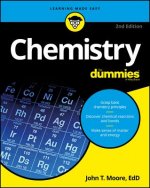
Chemistry For Dummies, 2nd Edition
16.87 € -31 % -
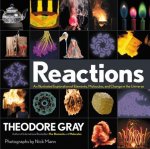
Reactions
25.87 € -17 % -

Chemistry Book
19.01 € -26 % -
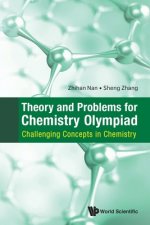
Theory And Problems For Chemistry Olympiad: Challenging Concepts In Chemistry
53.38 € -
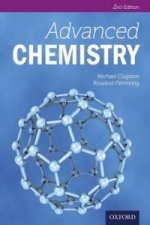
Advanced Chemistry
96.44 € -
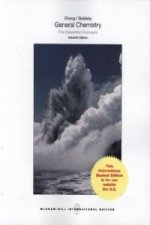
General Chemistry: The Essential Concepts
57.68 € -
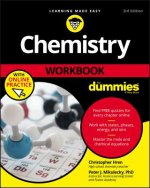
Chemistry Workbook For Dummies with Online Practic e, Third Edition
18.20 € -31 % -
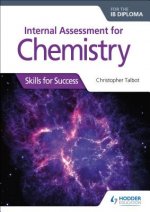
Internal Assessment for Chemistry for the IB Diploma
32.52 € -
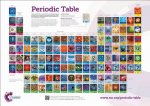
RSC Periodic Table Wallchart, A0
16.66 € -3 % -
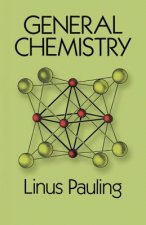
General Chemistry
30.98 € -24 % -

Collected Works of C.G. Jung
35.89 € -17 % -
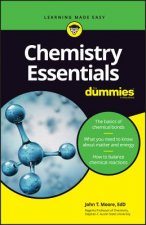
Chemistry Essentials For Dummies
10.42 € -9 % -
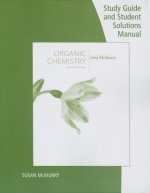
Study Guide with Student Solutions Manual for McMurry's Organic Chemistry, 9th
84.78 € -

Cartoon Guide to Chemistry
15.43 € -28 % -
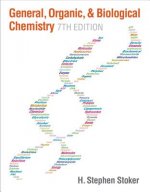
General, Organic, and Biological Chemistry
404.11 € -
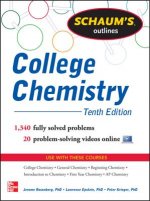
Schaum's Outline of College Chemistry
18.09 € -25 % -
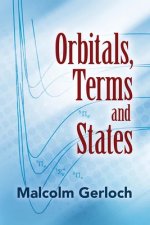
Orbitals, Terms and States
12.98 € -28 % -
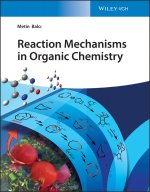
Reaction Mechanisms in Organic Chemistry
90.51 € -4 % -
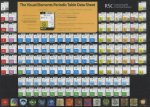
Visual Elements Periodic Table Data Sheet
12.37 € -
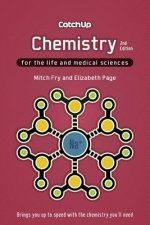
Catch Up Chemistry, second edition
28.63 € -
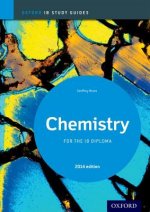
Oxford IB Study Guides: Chemistry for the IB Diploma
38.04 € -6 % -
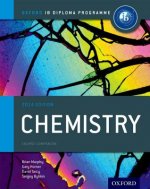
Oxford IB Diploma Programme: Chemistry Course Companion
66.17 € -15 % -
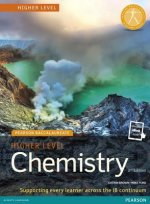
Pearson Baccalaureate Chemistry Higher Level 2nd edition print and online edition for the IB Diploma
92.76 € -
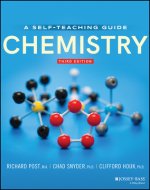
Chemistry - A Self-Teaching Guide, Third Edition
20.75 € -29 % -
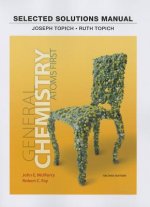
Student Solutions Manual for General Chemistry
131.94 € -

Pearson Baccalaureate Chemistry Standard Level 2nd edition print and ebook bundle for the IB Diploma
72.92 € -

Chemistry: A Molecular Approach plus MasteringChemistry with Pearson eText, Global Edition
96.95 € -
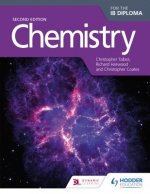
Chemistry for the IB Diploma Second Edition
81.20 € -
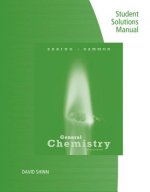
Student Solutions Manual for Ebbing/Gammon's General Chemistry, 11th
194.02 € -

ISE Chemistry
70.16 € -8 % -
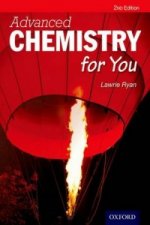
Advanced Chemistry For You
83.15 € -
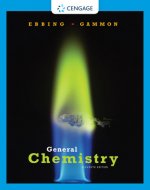
General Chemistry
108.72 € -

Chemistry for the IB Diploma Study and Revision Guide
41.82 € -2 % -
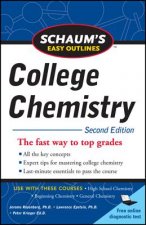
Schaum's Easy Outlines of College Chemistry, Second Edition
11.75 € -39 % -
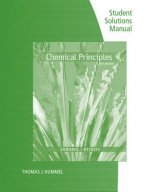
Student Solutions Manual for Zumdahl/DeCoste's Chemical Principles, 8th
213.66 € -
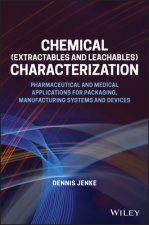
Extractables and Leachables
200.67 € -

Chemistry: An Introduction to General, Organic, and Biological Chemistry, Global Edition
98.08 € -
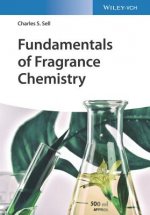
Fundamentals of Fragrance Chemistry
72.41 € -12 % -

Chemistry, Global Edition
96.03 € -
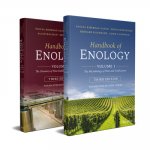
Handbook of Enology 3e 2V Set
419.35 € -
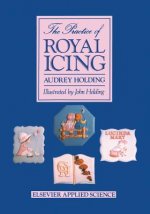
Practice of Royal Icing
114.14 € -32 % -
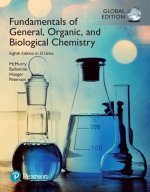
Fundamentals of General, Organic and Biological Chemistry in SI Units
76.91 € -

Chemical Fundamentals of Geology and Environmental Geoscience
76.70 € -
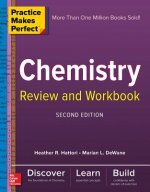
Practice Makes Perfect Chemistry Review and Workbook, Second Edition
13.80 € -21 % -

Quantum Mechanics 2e - Volume II: Angular Momentum, Spin, and Approximation Methods
124.26 € -9 % -

Georgian Wine Science
65.35 € -
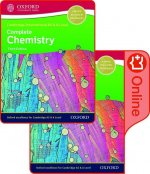
Cambridge International AS & A Level Complete Chemistry Enhanced Online & Print Student Book Pack
98.08 €
Collection points Bratislava a 2642 dalších
Copyright ©2008-24 najlacnejsie-knihy.sk All rights reservedPrivacyCookies



 15549 collection points
15549 collection points Delivery 2.99 €
Delivery 2.99 € 02/210 210 99 (8-15.30h)
02/210 210 99 (8-15.30h)